
Six Sure-Fire Ways to Slash Air Compressor Pressure Drop
October 1, 2025
Six Air Compressor Reliability Tips That Boost Uptime and Equipment Life
October 15, 2025How to Lockout/Tagout Air Compressors
Kaishan USA | October 8, 2025 | Uncategorized
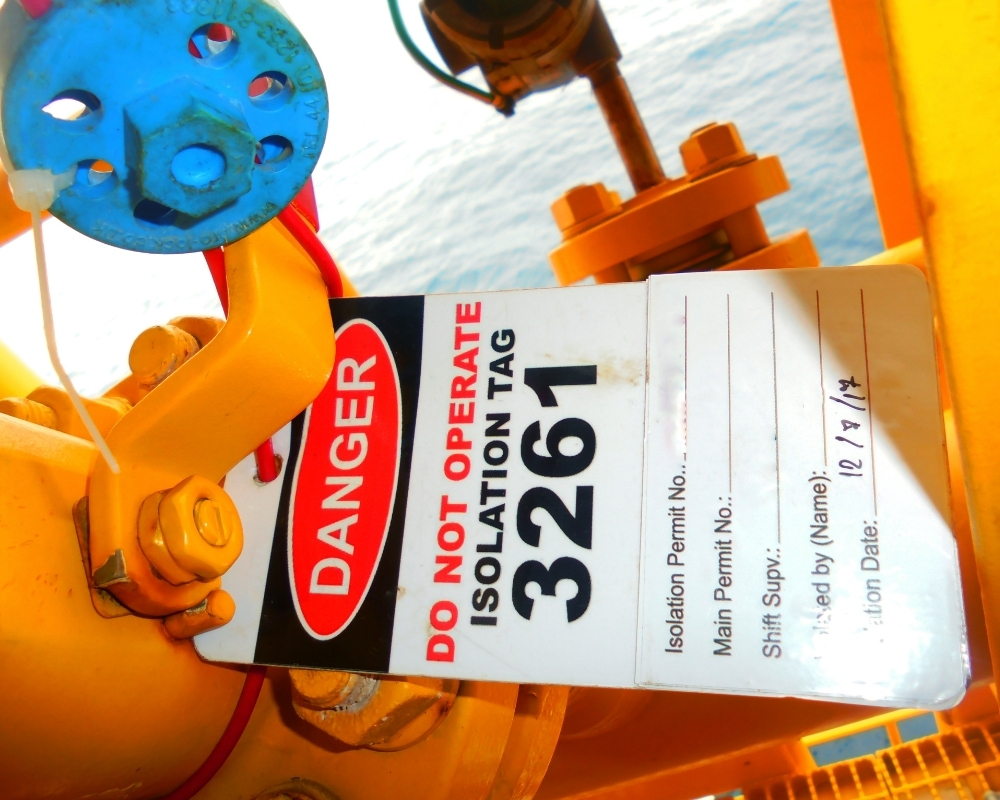
While many companies understand that it’s critical to use safety procedures like lockout/tagout for electrical service, they are equally important for compressed air systems.
Most maintenance people probably understand and are wary of electrical hazards, but may not be as aware of the dangers of compressed air. They may not know that “pneumatic power” needs to taken seriously—isolated and secured, just like electricity.
As a result, not every company requires compressed air lockout procedures. But it’s smart to plan for the hazards that operating a compressed air system can present.
Here’s why: Compressed air has “energy sources” that even experienced maintenance people may not be aware of, such as the mechanical energy in springs or counterweights or simply the motion of a system (such as a large robot).
Plus, energy can be stored not just in storage tanks, but also in pipes. And, in a loop system, that energy comes not only from the compressor, but from the other direction as well. You’ll find more information on those types of safety hazards in our blog post, “Four (and a Half) Critical Compressed Air Safety Tips.”
Additionally, operators need to consider their coworkers, who might not be as familiar with compressed air systems and might walk by a workstation without realizing the hazards that they present.
One critical issue is the challenge of verification.
Verification Is a Challenge
With electrical service, a worker can quickly use a voltage meter to verify that an electrical line is locked out or not charged. It’s much harder to do that with compressed air.
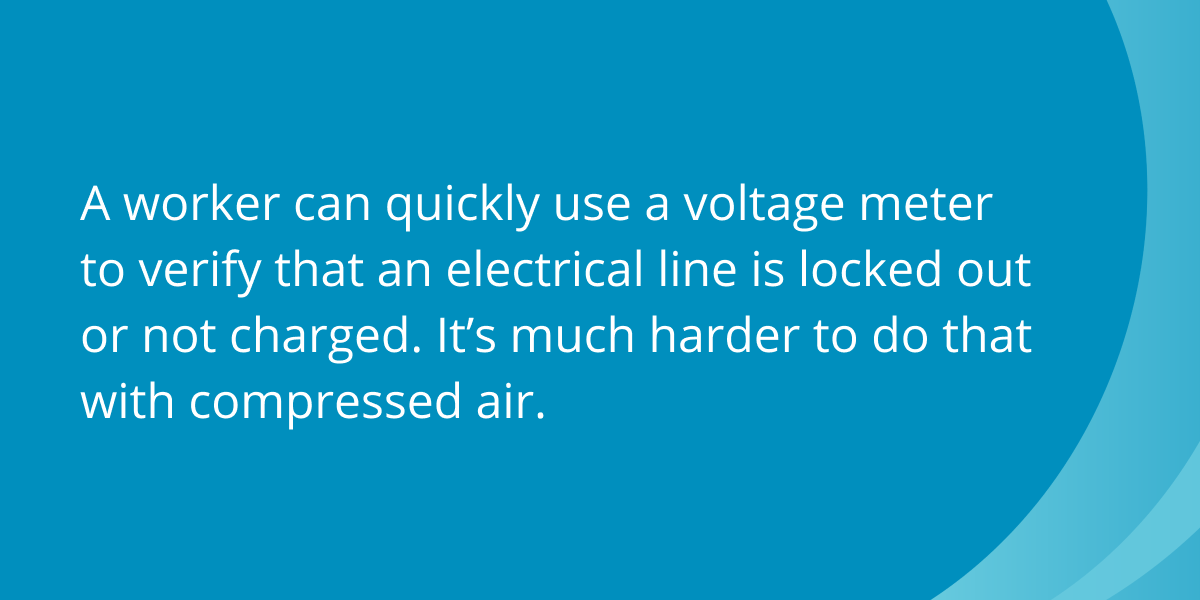
Unfortunately, valves can leak, and even a small leak can fill a chamber, creating a surprise, and not a good one, for unsuspecting workers who begin working on a line they assume is not pressurized. You can’t lock it out and verify it with a voltage meter, the way you can with electrical systems. So, you must assume every pipe is pressurized.
That’s why it’s critical to create a compressed air lockout procedure your team can follow to do work on a compressed air system.
The best approach is to stay focused on the main elements of a basic compressed air lockout procedure.
Basic Compressed Air Lockout Procedures
Every application is different, so it’s impossible to define a pneumatic system lockout process that will work for every situation. But there are some basic principles you can follow:
- Compressor shutdown. Follow the manufacturer’s recommendations about safely shutting down your machine, whether it’s a centrifugal air compressor or a rotary screw compressor. Close the main isolation valve between the compressor and the distribution system and release any air in the pipes.
- Isolate. Isolate the pneumatic power sources. Find the main air supply line and close the ball valve. Lockable ball valves are available, or you can close the valve and remove the handle. Also, close the valve that supplies air to any air dryers you have in your system.
- Release stored energy. Release the energy stored in receiver tanks, downstream piping and other devices, opening drain valves, if necessary. Open valves slowly to avoid a rapid release of air, and leave them open while servicing the compressor.
- Lockout. Use lockout devices (usually padlocks) to prevent valve movement, especially in the main isolation valve that would operate the air supply. Each employee should have their own locks.
- Verify. Verify that your compressor’s pressure gauges show pressure is at zero. You should also attempt to start the compressor, to ensure it cannot start.
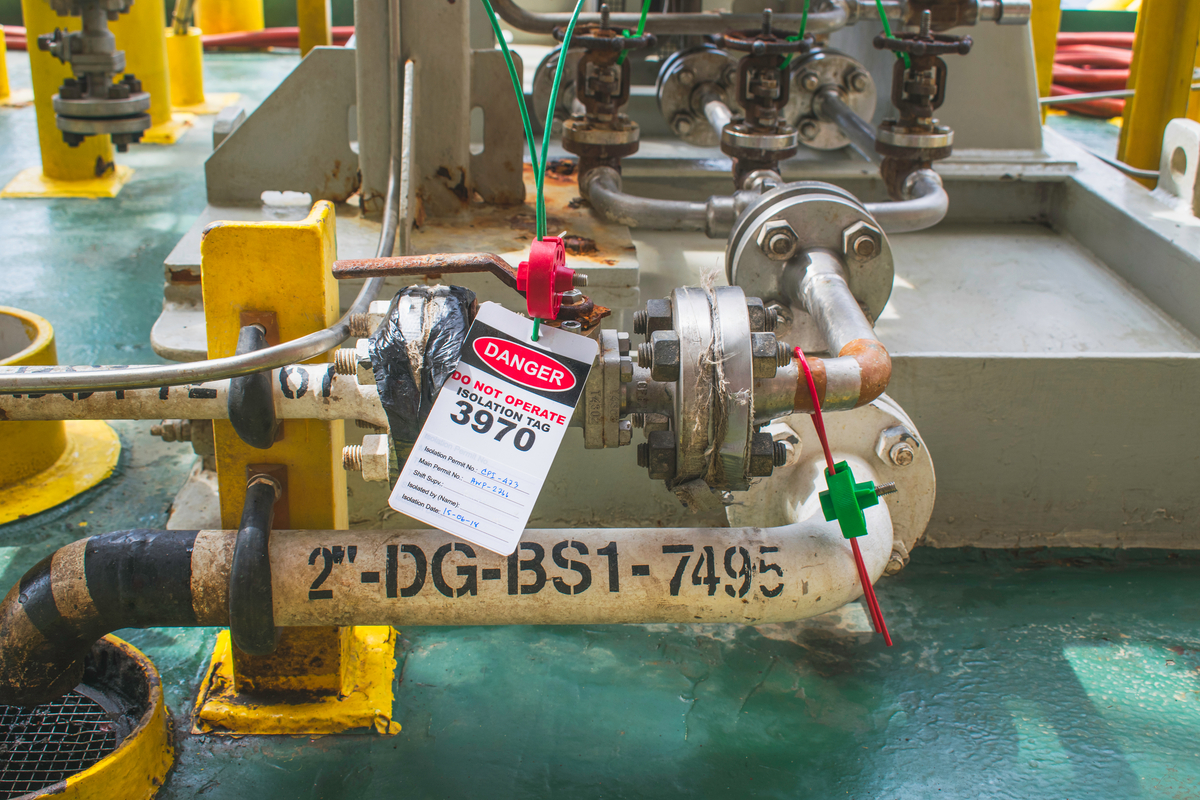
The basic elements of a compressed air lockout procedure for compressed air include shutting down the compressor, isolating power sources, releasing stored energy, locking out valve movement and verifying your pressure is at zero.
Then and only then should you begin work on the compressor or compressed air system.
The time to establish a proper air compressor maintenance safety process is during the installation.
Safety Starts with Installation
Installation is your best opportunity to put the safeguards in place that will protect the equipment as well as the operators and their coworkers. The primary challenge is to figure out how a worker can verify that there’s no pressure before working on a system.
Once again, every application is unique. So, when you’re installing a compressor, or even simply hooking up a new end use to your system, you need to think through all the possible scenarios that might create safety issues.
An installer should allow enough distance between a compressor and nearby walls. A robotic arm, for instance, might have a wide range of motion that could injure someone in an unanticipated move. They should also avoid creating bends in the pipe that might cause a pressure drop.
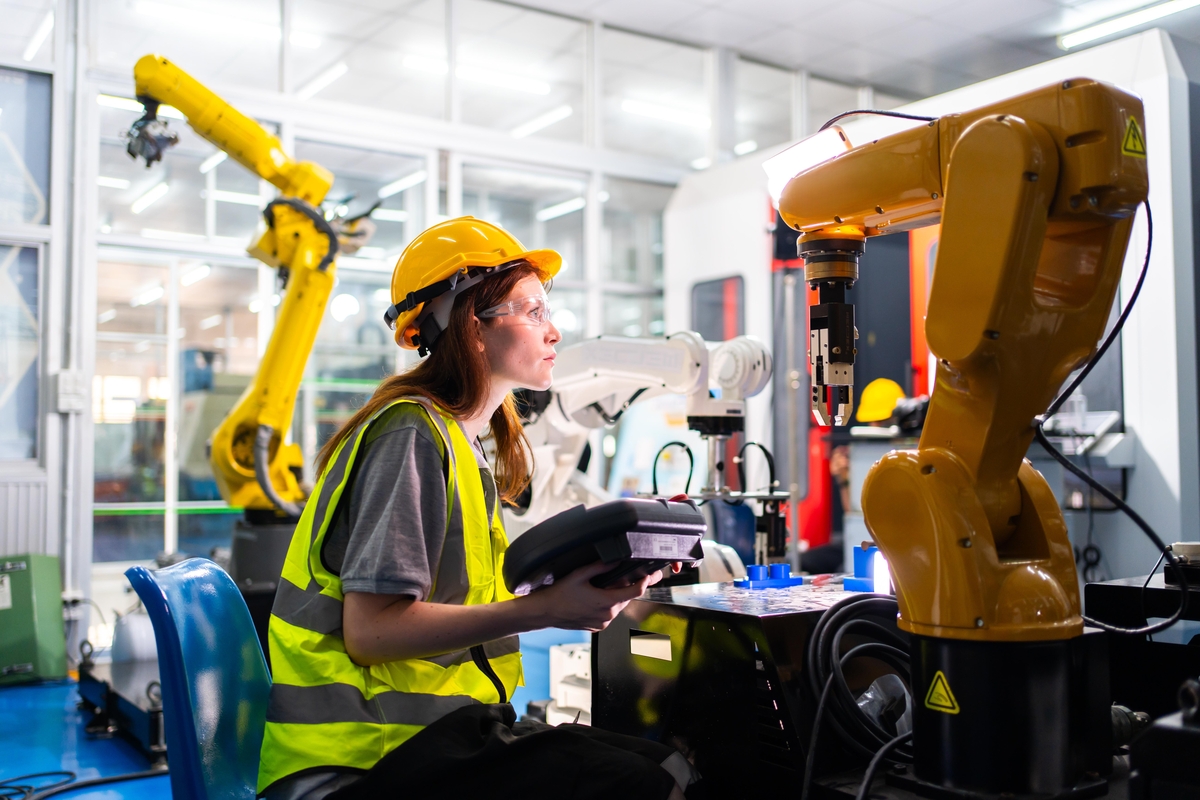
One of the key safety elements workers can forget is the movement of large robotic arms during maintenance.
As noted in previous blogs, installers sometimes take shortcuts in the final delivery systems, especially the “dirty 30”—the 30 feet before the end use. Unfortunately, not all installers understand how dangerous it is to use workarounds that are not approved. Things like flexible rubber hoses or PVC pipes may make the installation look great and be completed quickly, but they can create serious hazards, including ruptures or even explosions.
That’s why some safety-conscious companies require their workers to leave the building when they find unsafe conditions created by sloppy or unsafe installations. They are required to walk off a job rather than take the risk of working on a hazardous installation.
It’s all part of being vigilant in operating and maintaining powerful equipment.
Ongoing Vigilance
Another part of operating a compressed air system is creating situational awareness, recognizing that the average worker doesn’t understand compressed air.
The best approach to electrical and compressed air safety is to treat it as if it could kill you. And make sure your team understands that they should never try to operate any switch, valves or other isolated device that is locked or tagged out.
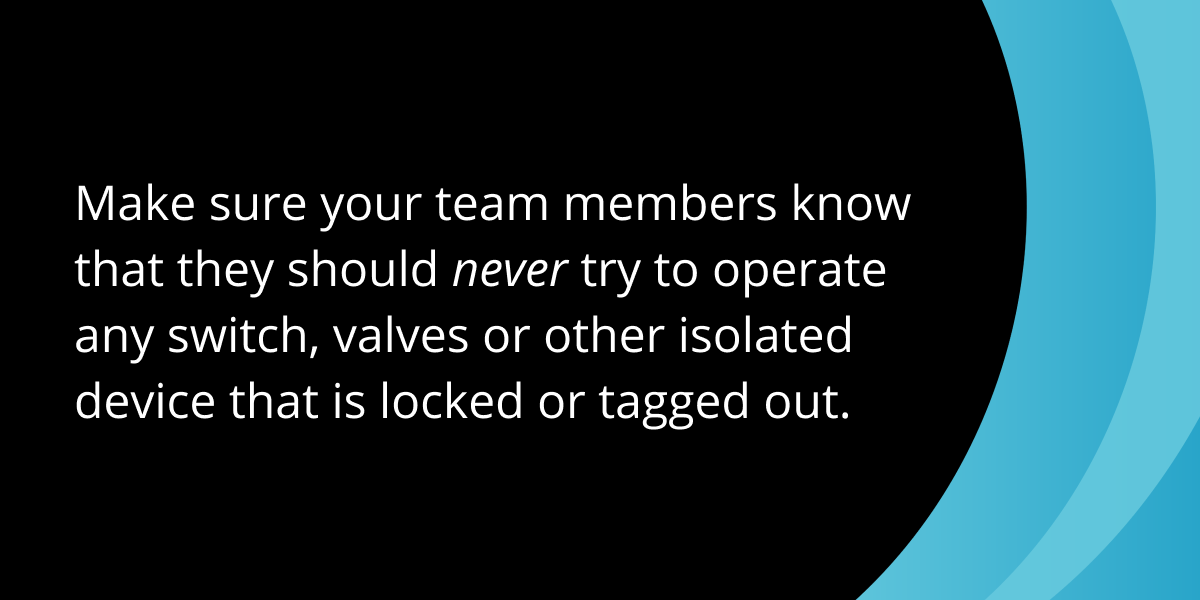
Some of the worst problems, however, occur because of poor maintenance, especially with pressure relief valves.
Pressure Relief Valves
Pressure relief valves need to be sized so that they open to release pressure and prevent an explosion. They should be maintained and inspected regularly to ensure they’re working correctly and replaced when they’re not.
Needless to say, you’ll also want to ensure no one has bypassed or upsized it to prevent it from activating too often. In a way, they are a lot like fire extinguishers. You don’t need them until you do. And then you really need them to work correctly.
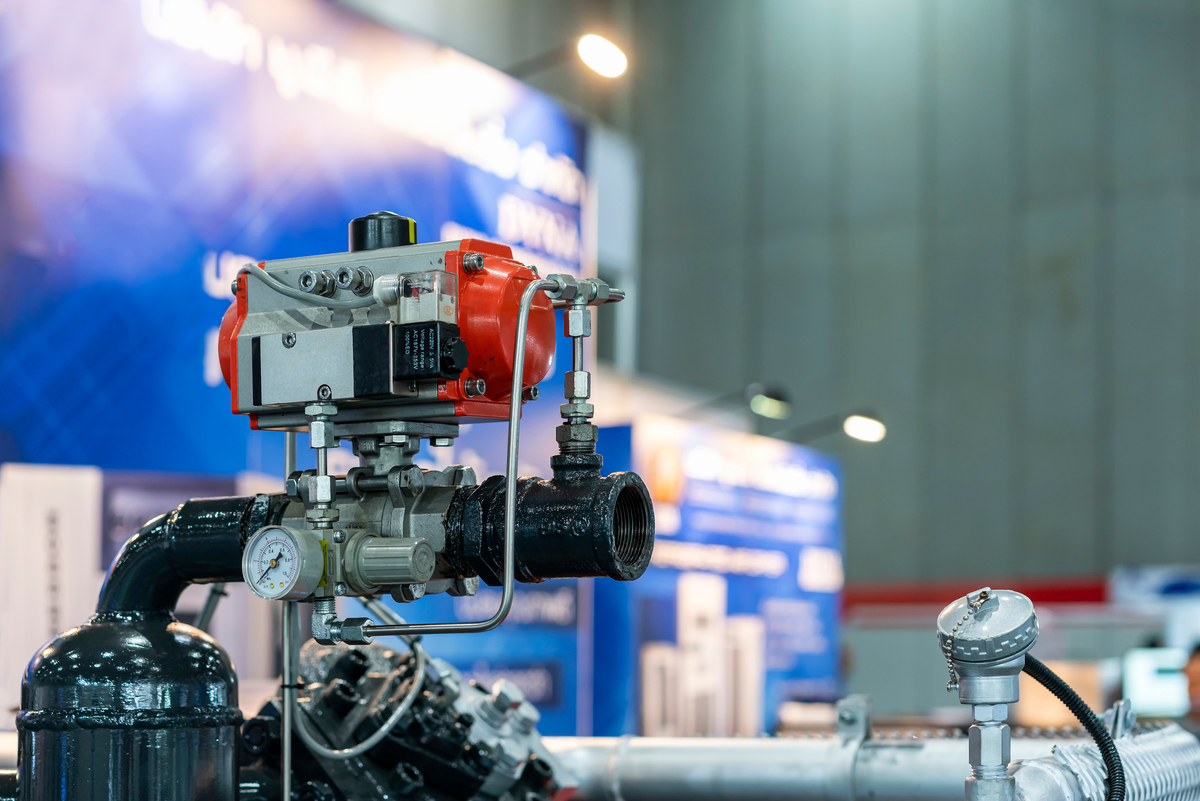
It’s essential to maintain and inspect a pressure relief valve. And make sure no one has bypassed it.
Local Lockout/Tagout Help
Compressed air lockout procedures and other safety measures may seem like a lot of trouble. But they’re a lot less hassle than a serious safety breach. That’s why we encourage our customers to work with their local compressed air professional to ensure that they have taken all the proper precautions and have a workable safety program in place.

Your compressed air professional can help you create lockout/tagout or other safety procedures for your compressed air system.
Kaishan USA works with a nationwide network of independent distributors, who can provide on-site help and safety consultation as needed.
These factory-trained air compression experts have extensive experience working with customers to make their compressed air systems run safely and efficiently. Protecting employees but also preventing downtime and damage to end-use equipment and products.
Plus, they can service your entire air compressor system without a problem with staff members skilled in advanced technology, such as ultrasonic leak detection equipment.
We choose to partner with independent, local distributors because it's the best way to serve you. They don't simply sell compressors. They build a relationship, ensuring that you get the right system, reliable service and quick access to parts when you need them most. Unlike large corporate suppliers, there's no red tape. Our distributors offer expert guidance, faster response times and personalized support tailored to your needs.
With factory-trained technicians and a deep understanding of industrial applications, they help maximize efficiency and minimize downtime. When you buy through Kaishan, you're getting more than a product—you're getting a local partner who cares about your business and hopes to see it succeed.
Key Takeaways
- Most maintenance people are likely to understand electrical hazards, but may not be as aware of the dangers of compressed air.
- Compressed air has “energy sources” that maintenance people may not be aware of.
- A worker can quickly use a voltage meter to verify that an electrical line is locked out or not charged. It’s much harder to do that with compressed air.
- It’s critical to create a compressed air lockout procedure that your team can follow when working on a compressed air system.
- Key elements of a pneumatic system lockout procedure include shutting down the compressor, isolating power sources, releasing stored energy, locking out valve movement and verifying your pressure is at zero.
- The best time to establish an air compressor maintenance safety procedure is during installation.
- Make sure your team members know that they should never try to operate any switch, valves or other isolated device that is locked or tagged out.
Let Us Help
Establishing appropriate lockout/tagout procedures in your compressed air system is critical to the safety of your team members and the success of your operation. If you need help setting up a workable safety program, get in touch with the experts at Kaishan. Contact us today.
Listen to the Podcast Version
Why Lockout/Tagout Matters for Compressed Air
Alright, welcome back to The Big Dog Podcast! You know, compressed air can be one of those things people just kinda forget how risky it really is. I’ve seen so many folks treat an air line like it’s just, I dunno, like flipping a switch or something. But here’s the deal: compressed air has all kinds of hidden hazards—there’s the pressure in lines, springs under tension, even robotic arms programmed to move whether anyone’s ready or not. Honestly, it’s not like electricity, where you can bust out a voltage meter, double-check it’s dead, and feel pretty good about what you’re touching. You can’t see compressed air, and you definitely can’t just assume the line is safe because you heard a hiss and think it’s depressurized.Totally! And you’d be surprised, right? I mean, so many people are super cautious with electrical lockout—because everyone knows electricity bites—but then compressed air somehow doesn’t get the same respect. And sometimes it’s even more unpredictable! Plus, there could be stored air in the tank, in the lines, especially in looped systems where pressure can sneak back in from another direction if you don’t isolate properly.
Yeah, and that brings to mind this story from a while back. There was this maintenance tech, really sharp guy, thought he’d followed all the steps for safe shutdown—he tagged the main valve, figured he was good to go. But he didn’t catch that the isolation valve had this little leak. So the chamber he was working on actually started to refill with air. Next thing you know—bam!—air shoots out, tools flying, he’s lucky he got away with just a scare and not a serious injury. That’s why I always tell people: you can’t just lock out and hope. You gotta verify, verify, verify, and honestly still keep your guard up because leaks and weird surprises happen way more than people realize.
That’s a perfect point. And—just thinking back to our episode on leak detection—not every hazard makes noise, right? A tiny valve leak can build up a bunch of pressure without you ever knowing. So when folks say, "Oh, it’s quiet, must be safe"—nope! That’s not the way to think about it. I guess the main thing is—never get complacent, and remember lockout/tagout isn’t just an electrical thing. It’s absolutely critical for compressed air too.
Building a Bulletproof Compressed Air Lockout Process
So, let’s break it down into the essentials—what does a solid compressed air lockout procedure actually look like? I mean, you have to start by shutting down the compressor, and you absolutely need to follow the manufacturer’s instructions—right? Because everything else relies on the whole system being powered down safely from the start.Exactly. And after that, you wanna isolate every source of pneumatic power. That means closing those main air supply valves, any dryers, and, really, anything that could push air back into the system. It’s wild how many setups I’ve seen where folks forget to shut a dryer off and boom—the line’s still got pressure!
Yeah—guilty as charged, I’ve absolutely forgotten that before. And once you’ve got everything isolated, you need to release all that stored energy from tanks and downstream piping. Open those drains, but slowly—if you yank 'em open, you’re liable to get blasted or stir up a ton of dust and junk, right?
Yep, always open slowly—you don’t need surprises. And once it’s drained, this is the big one: lockout devices on every valve, please! I can’t say this enough. Padlocks on main valves, everyone working needs their own lock so you know nobody’s pulling a valve on you by mistake. And—for real—before you dive into repairs, check the pressure gauges, and try starting the compressor to make absolutely sure it won’t run. Only then are you green-lit for maintenance.
That’s one of those steps people rush through because they think, "Oh, I’ll be quick." But like you said, every worker needs their individual lock, period. Hey, so Jason, I gotta ask: what’s your toughest lockout/tagout memory? Was there ever a moment where you just said, "Nope—not worth the risk"?
Oh yeah, I’ve been there. Once, early in my career, I was brought into this job and noticed the installer had used flexible PVC piping—right next to a robotic arm that swung around for tool changes. Just looking at it, I could tell: that line was an accident waiting to happen. If that arm clipped the pipe, you could have shrapnel or even a catastrophic release. I walked straight off the site. Told the supervisor I wouldn’t touch it until it was fixed. My motto’s always been—if you don’t feel safe, you walk. And honestly, there’s more power in protecting yourself and your coworkers than there is in getting the job done fast.
That’s so important, and really—it reminds me that shortcuts during installation or maintenance come back to bite you. Noticing unapproved parts or workarounds, especially in that last "dirty 30" feet before end use, is where a lot of safety issues hide!
Ongoing Vigilance and Professional Partnerships
So that brings us to the part that honestly gets overlooked the most: ongoing vigilance. Like, it’s not just about having a good procedure on paper, it’s about treating compressed air like it really could hurt you—because it can. Every team member should be trained to respect every lock, every tag. There are no exceptions. Nobody should ever touch a locked or tagged device, period. That’s a hill I’m gonna die on.Right there with you. And—look—maintenance is where so many problems creep in, especially with pressure relief valves. People forget them, upsize them, bypass them altogether because they trip too often. But they’re like a fire extinguisher—most days you don’t need them, but when you do, well, you want them working one hundred percent. Regular inspection and making sure nobody messed with those relief settings is a must. I mean, treat any change to your relief valve as a red flag. That safety backup is there for a reason.
And sometimes folks think, “I’ve never had a relief valve fail, so why not skip the check?" That’s a dangerous game. I was actually on a plant visit with one of Kaishan’s local partners recently, and you know what? The tech spotted a main air valve with—get this—a missing lockout. Like, totally unlocked, just sitting there. Could’ve been a disaster. It took a fresh set of trained eyes to even notice because everyone else had gotten used to walking by it every day.
Yeah, and that’s why local pros are so valuable. They’ve seen everything—bad installations, weird hacks, and they know what safe looks like. Plus, getting them involved means you’re not just relying on “tribal knowledge” or hoping nothing goes wrong. They’ll review your setup, spot those easy-to-miss issues, and train your team with real hands-on examples. It’s not about passing an audit, it’s about everybody going home safe, every shift.
Exactly. And I think that’s a good way to wrap it—if you’re listening and you’re not sure if your lockout/tagout practices are up to snuff, reach out to a local Kaishan partner, or another trusted compressed air specialist. It’s always worth taking the extra step for safety. We’ll see you next time for more down-to-earth advice and plenty more no-nonsense takes. Thanks as always, Jason.
Thank you, Lisa. Always a blast—and hey, everyone, stay safe out there. Catch you on the next Big Dog Podcast!
Random stat or
customer quote
textXXtext
text

